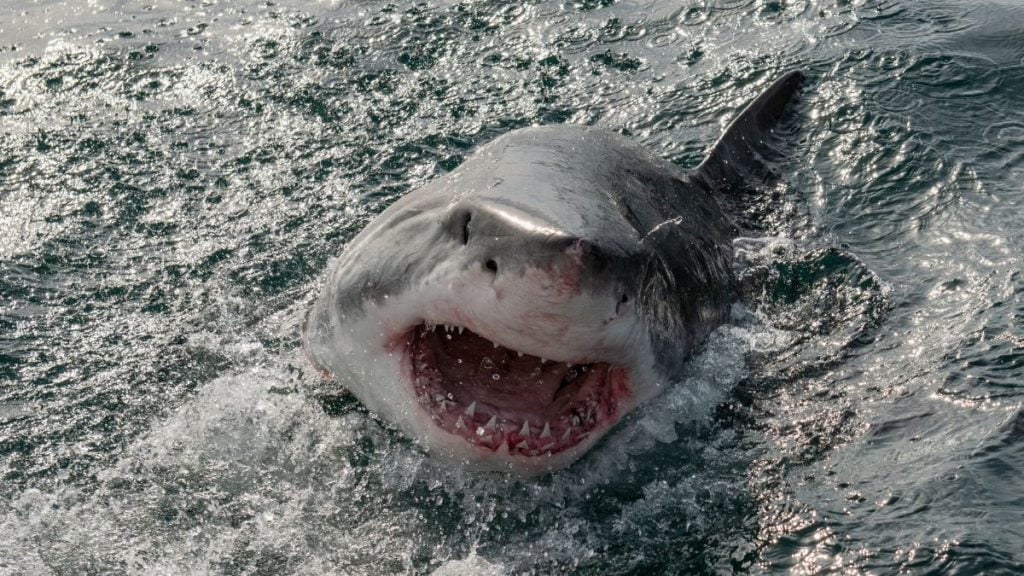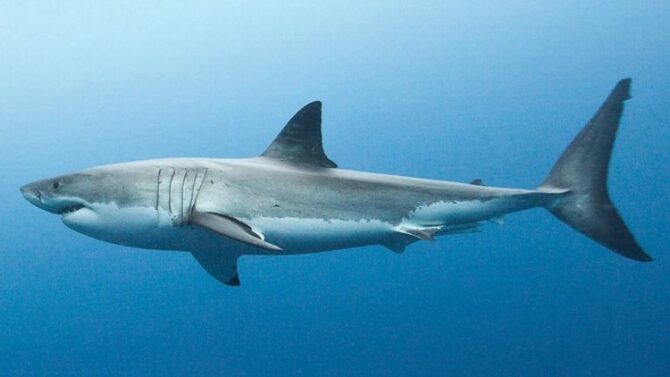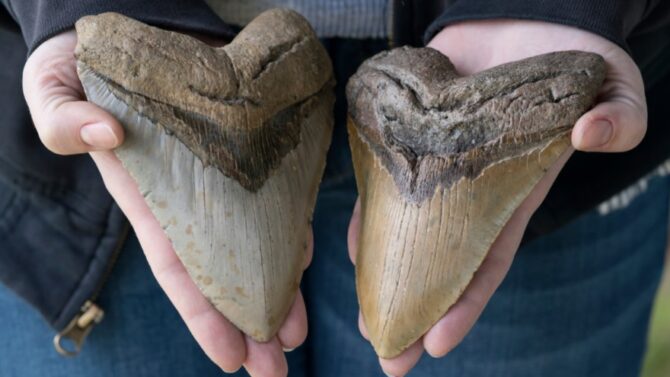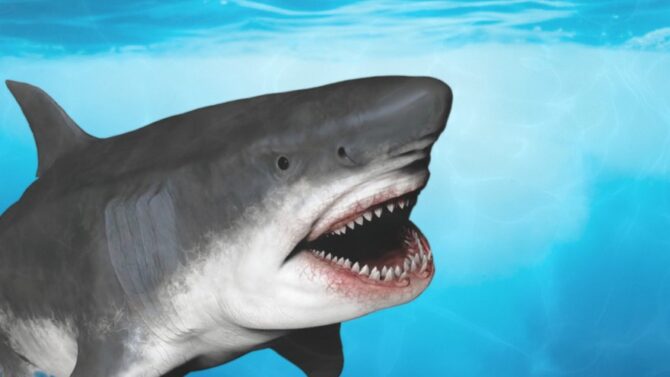Did you know that most sharks use the sensory organs in their noses and mouths to explore their environments?
They have the ability to sense tiny electrical fields that helps them close in on prey.
There is so much to learn about the anatomy of the shark’s mouth.
A close view inside the tiger shark or great white shark’s mouth reveals an incredible alien-like view of the white-colored gills and multiple rows of razor-sharp teeth.
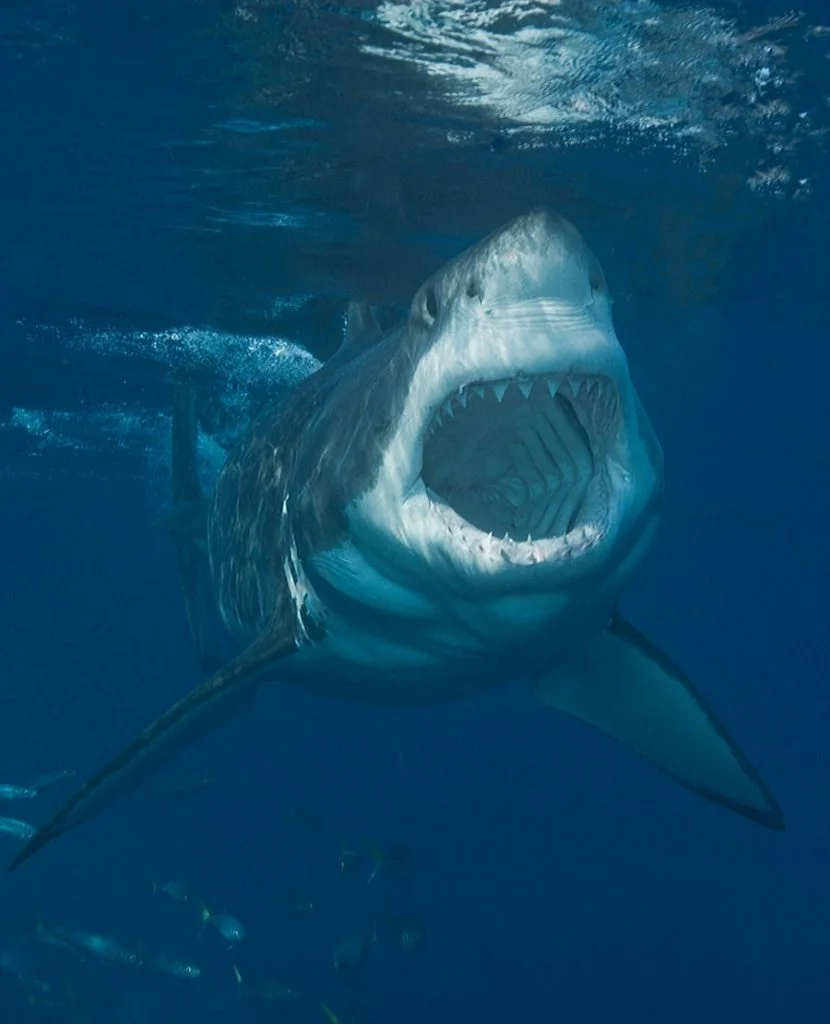
But how do they taste their food? Do sharks have tongues and taste buds?
Sharks have a structure in their mouth called the “basihyal,” otherwise known as the shark’s tongue. The basihyal is a short, thick piece of cartilage located on the floor of a fish’s mouth, including a shark’s.
For most shark species, the basihyal does not do much to aid them in chewing or tasting.
Let’s go into more detail about the shark’s tongue and its functions.
Do Sharks Have Tongues?
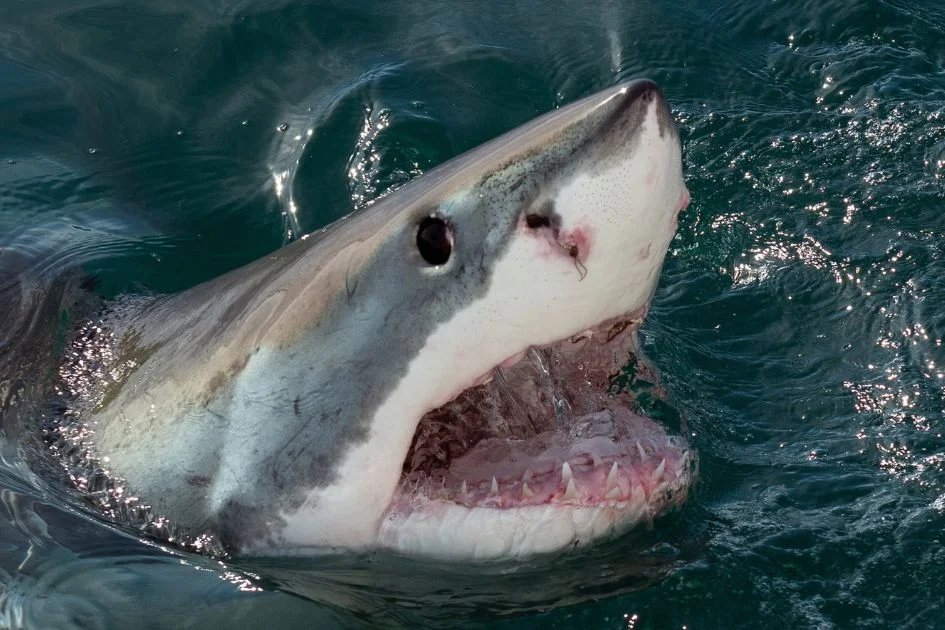
When a shark is mentioned, the first thing that comes to mind is the terrifying razor-sharp teeth.
Most people don’t know that inside the alien-looking mouth lies a bony projection known as the basihyals.
The basihyal is what sharks have as tongues. The basihyal is a thick, short, and tiny piece of cartilage that resides at the base of the shark’s mouth and throat.
It has a minimal motion range due to the absence of any muscular structure to give it that kind of mobility.
Although this structure looks like a tongue, it doesn’t function the way tongues are meant to. That makes it appropriate to refer to the basihyal as a false tongue.
Unlike human tongues and that of most animals, shark tongues have no taste buds. That means sharks do not use their basihyal to taste their food.
Instead, the shark’s taste buds are located on the papillae lining in the shark’s mouth and throat.1
The papillae contain the taste receptors they use to taste the prey and help them decide whether or not it is suitable before ingesting them.
Facts About Shark Tongues (Basihyal)
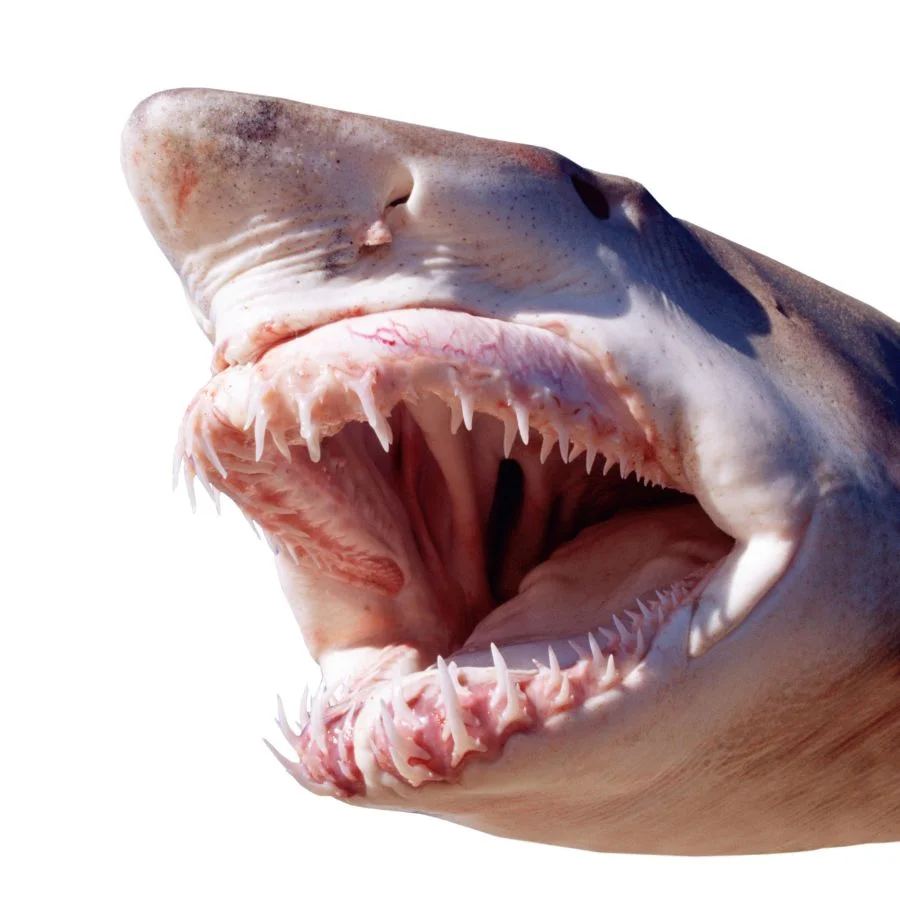
There’s a lot of mystery, even amongst shark experts, about the sharks’ nigh-useless tongues.
While we now know that sharks have tongues called basihyals, there are still many things to know about this mysterious organ.
Below, we highlight some of the most interesting facts about shark tongues.
- Shark tongues are immobile for the most part, unlike that of humans and most animals with flexible movements. The entire structure comprises only cartilage, without muscles to aid flexible movement.
- Atypical of other common tongue features, shark tongues are crooked and very sharp. Not only that, but they are also short, stout, and fixed at the base of the shark’s mouth. That makes them valuable tools for attacking, chewing and ingesting prey.
- Except for the cookiecutter, bullhead, and carpet sharks, most shark species never make use of their tongues. Since the tongue has no taste buds, it portends no use to them.
- For species, the tongues are very similar; they’re short and almost useless. The only exceptions to this stereotype are the bullhead, carpet, and cookiecutter sharks, which have longer tongues to use in catching and ingesting prey.
Can Sharks Stick Out Their Tongues?
Well, it turns out that sharks can’t stick out their tongues.
The basihyals is a short, static, and sharp piece of cartilage that is attached to the floor of the mouth of sharks that serves little to no purpose to many species.
What is the Function of the Basihyal?
It is not immediately obvious – and perhaps, it seems absurd – that sharks have no bones in their body.
Their entire shark’s skeleton is made out of cartilage. As fragile as this may sound, these aggressive predators have a way to remedy this lack of hard bones.2
As they grow, they deposit lots of calcium salts into the cartilage that makes up their skeletal system.
That causes their cartilage to harden and solidify the way a bone would.
A large section of the entire shark’s cartilaginous skeleton, the basihyal, extends out into the mouth.
Experts believe that the cartilaginous tongue (basihyal) is meant to protect the ventral aorta of the shark, which is typically located very close to its mouth.
So, it makes sense that it would be located on the floor of their mouth and throat to protect them from any potential harm caused by any prey they ingest.
Furthermore, the ampullae of the Lorenzini organ is located on the basihyal. This organ grants them the uncommon ability to smell with their tongues.
Essentially, the basihyal, like the rest of the shark’s body, has evolved to help them survive and procreate in its habitat.
Apart from these functions, some sharks use their tongue in ways you expect them to. These shark species include the cookiecutter, bullhead, and carpet sharks.
For the cookiecutter sharks, the primary function of their basihyals is to help them rip the flesh off their prey faster and more efficiently.
On the other hand, the carpet and bullhead sharks suck their prey into their mouth from a long distance using their tongue.
While the basihyal in fish has no elaborate purpose like the heart or brain, the organ is still very useful for sharks.
FAQs
Do hammerhead sharks have tongues?
Hammerhead sharks are one of the 500 species of sharks that are currently known in the world.
Like all other species, the tongue of the hammerhead shark is the basihyals, which is attached to the base of its mouth, has no taste buds, is immobile, has no muscles, and is of little use.
Do white sharks have tongues?
The white sharks sometimes called the great white or white pointer, are the oceans’ apex predators. They have an innate talent for hunting prey.
Just like every other species, the great white also has tongues known as basihyals. This cartilaginous, short, and sharp organ is also attached to the bottom of their mouth and is not so flexible.
Wrap up
Sharks are among the most dangerous animals in the world. Despite their popularity, there is still some ignorance on a few things about the shark anatomy.
Although the tongue of the shark appears useless for most species, it is still helpful for some that use it to rip out the flesh of their prey.
Check out these related questions:
References & Notes
- Shark Biology. Florida Museum of Natural History.
- Shark Anatomy. The Shark Trust.
